The 3 AM Zoomies Have Ancient Origins
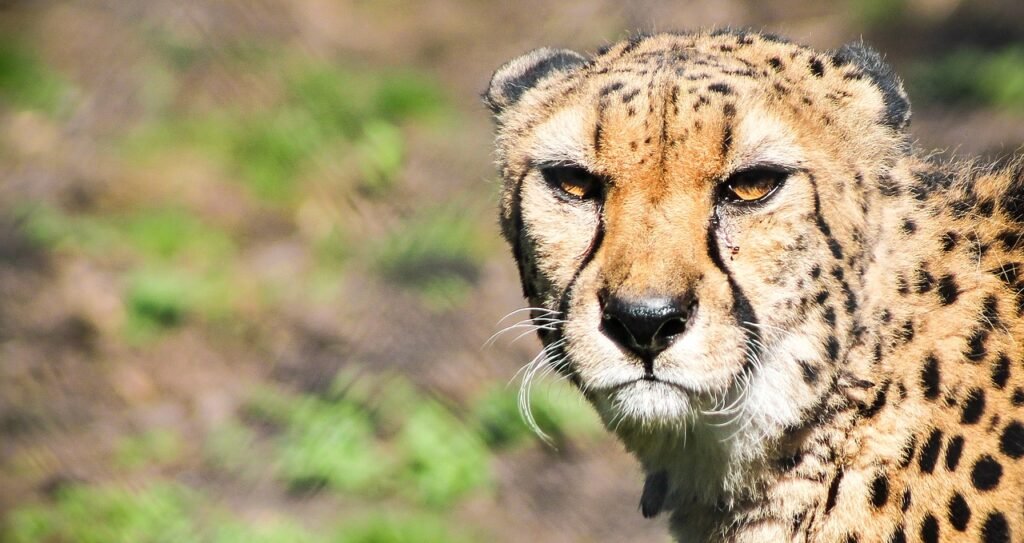
Your cat’s sudden burst of energy in the middle of the night isn’t just to annoy you. This behavior stems from their wild ancestors who were crepuscular hunters, meaning they were most active during dawn and dusk. In the wild, cats would hunt small prey like mice and birds during these twilight hours when their night vision gave them a major advantage. Even though your fluffy house cat gets meals served in a bowl, their internal clock still runs on this ancient hunting schedule. The midnight madness is essentially your cat’s way of releasing pent-up hunting energy when their instincts tell them it’s prime time to chase prey.
Head Bonking Is Actually a Love Language
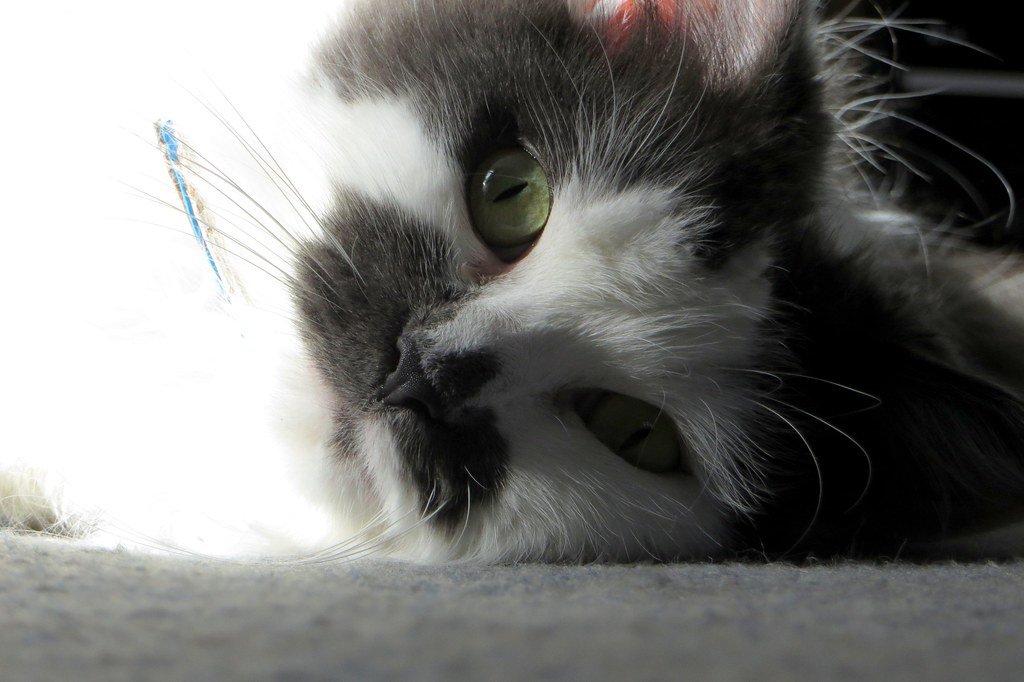
When your cat rams their head into your leg or face, they’re not trying to give you a concussion. This adorable behavior called “bunting” is how cats mark their territory and show affection at the same time. Cats have scent glands on their heads, cheeks, and chin that release pheromones when they rub against objects or people. By head-butting you, your cat is essentially claiming you as part of their family and mixing their scent with yours. It’s like getting a feline friendship bracelet, except it’s invisible and smells like cat. This behavior also helps cats feel more secure in their environment by surrounding themselves with familiar scents.
Kneading Isn’t Just for Bread Makers
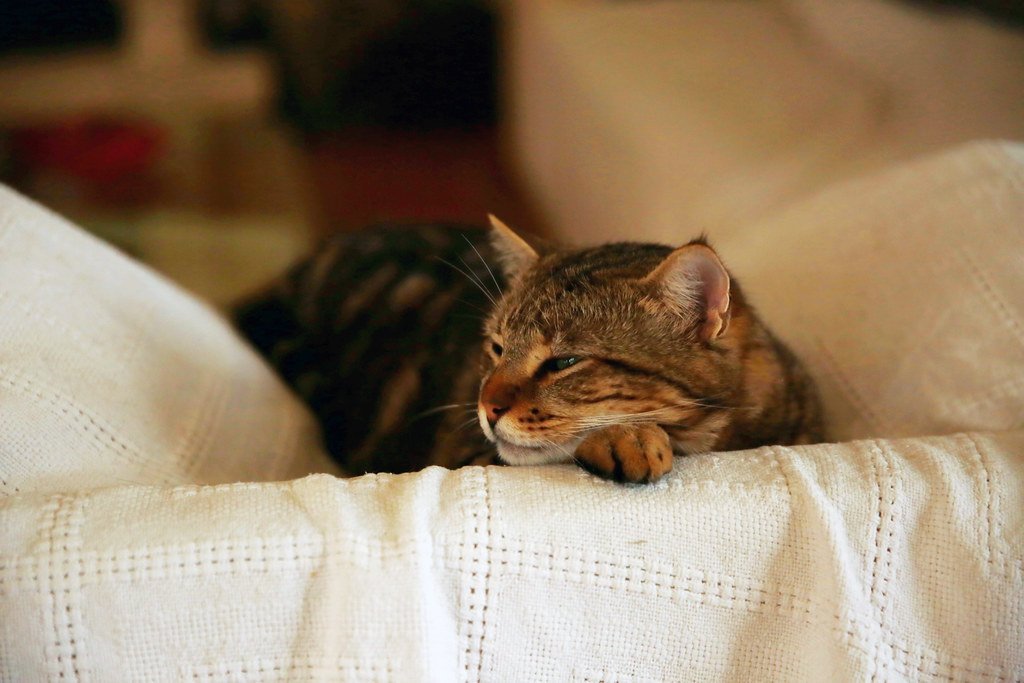
That rhythmic paw-pushing your cat does on your lap takes them straight back to kittenhood. When kittens nurse, they knead their mother’s belly to stimulate milk flow, and this comforting behavior often continues into adulthood. Adult cats knead soft surfaces when they’re feeling particularly content and relaxed, which explains why they often do it right before settling down for a nap. The motion releases endorphins that make cats feel good, similar to how humans might fidget with a stress ball. Some cats even drool a little while kneading because they’re so blissfully transported back to their nursing days.
The Slow Blink Means You’re in the Inner Circle
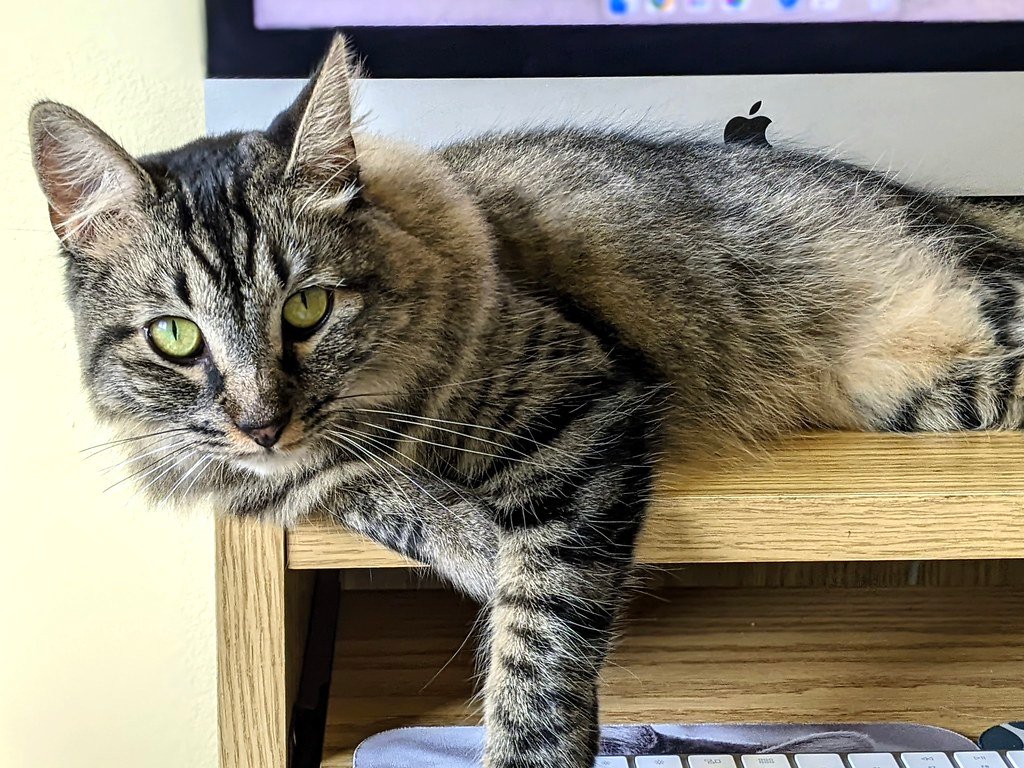
If your cat looks at you and slowly closes their eyes, they’re not being sleepy or dismissive. This deliberate slow blink is often called a “cat kiss” and it’s one of the highest compliments a feline can give. In cat language, prolonged eye contact can be seen as threatening or aggressive, so when a cat slowly blinks at you, they’re showing they trust you completely. They’re essentially saying they feel so safe around you that they can close their eyes without worry. You can actually “talk” back to your cat by giving them a slow blink in return, which often results in a sweet slow-blink conversation between you and your furry friend.
Chattering at Birds Is Predator Frustration
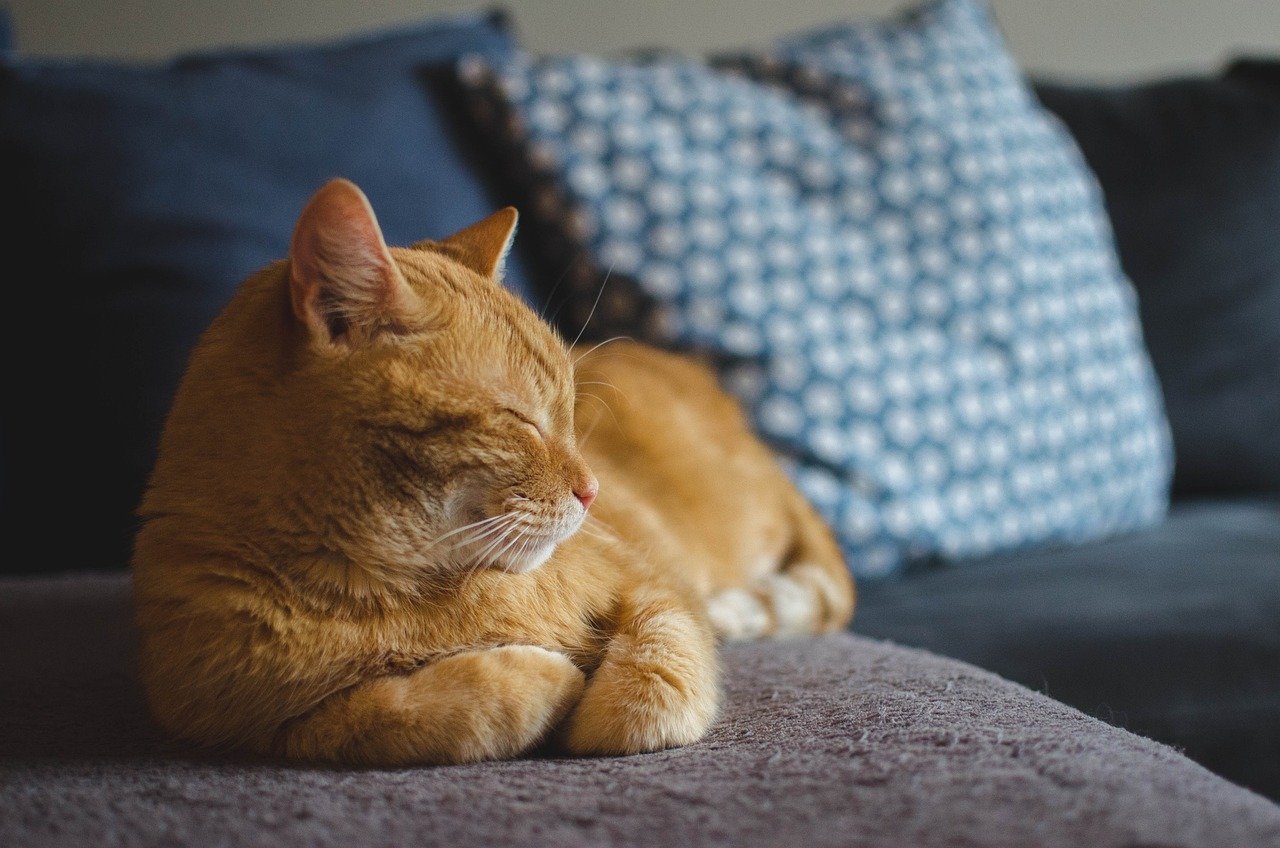
That weird chattering sound your cat makes while staring at birds through the window isn’t random noise. This behavior is called “chittering” and it happens when cats are experiencing what’s essentially predator frustration. When cats see prey they can’t reach, their hunting instincts kick into high gear but they can’t complete the hunt, causing this unique vocalization. Some experts believe the chattering might be an attempt to mimic bird calls to lure prey closer, while others think it’s just pure excitement mixed with frustration. The rapid jaw movements during chattering actually mimic the killing bite cats would use to dispatch small prey. It’s like your cat is practicing their hunting technique while window shopping for dinner.
Bringing You Dead Things Is a Twisted Gift
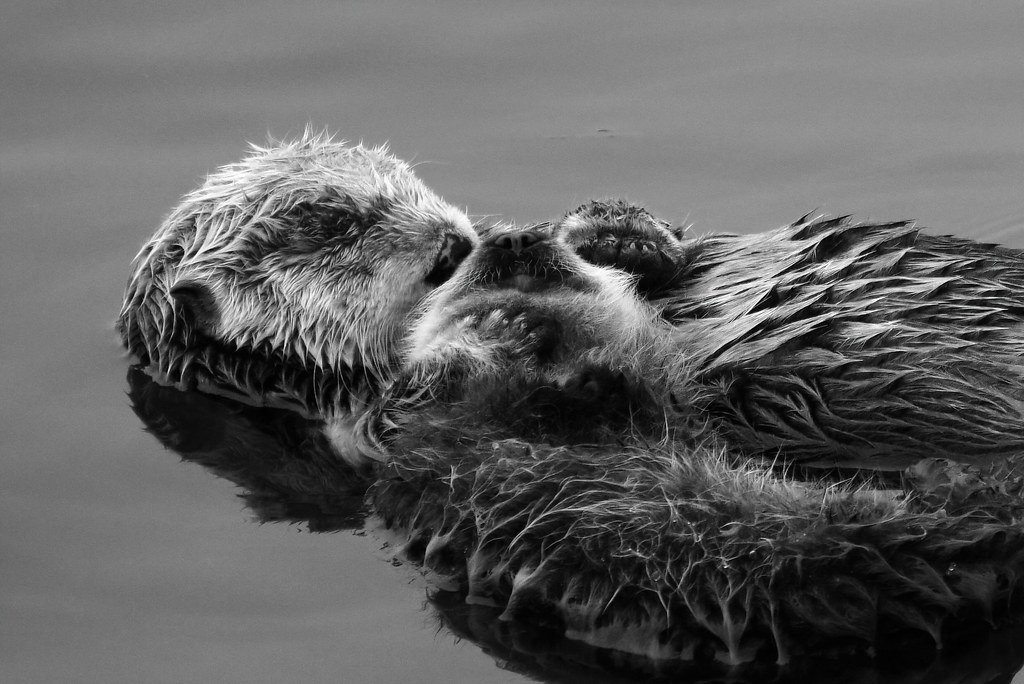
Finding a dead mouse on your pillow might seem like a horror movie prop, but your cat considers it a thoughtful present. This behavior stems from maternal instincts, where mother cats bring prey back to teach their kittens how to hunt. Your cat sees you as family but also as a pretty hopeless hunter who needs help learning the ropes. They’re essentially trying to provide for you and teach you essential survival skills, not realizing that you prefer your food from the grocery store. Some cats will bring toys instead of real prey, which is their way of “hunting” for indoor cats who don’t have access to actual mice or birds. The next time you find a “gift,” remember that your cat is showing love in the most practical way they know how.
Hiding in Boxes Is Strategic Defense

Your cat’s obsession with cardboard boxes isn’t just about the cozy factor. Boxes provide cats with a perfect ambush spot where they can see potential threats or prey while remaining hidden themselves. This behavior taps into their wild instincts where having a secure hiding spot could mean the difference between life and death. Boxes also help cats feel secure because they only have to watch for threats from one direction instead of being exposed on all sides. The enclosed space helps cats regulate their body temperature too, since they can trap their body heat inside. Even the most confident house cat feels more relaxed when they have a good hiding spot within easy reach.
Scratching Everything Isn’t Just Nail Maintenance
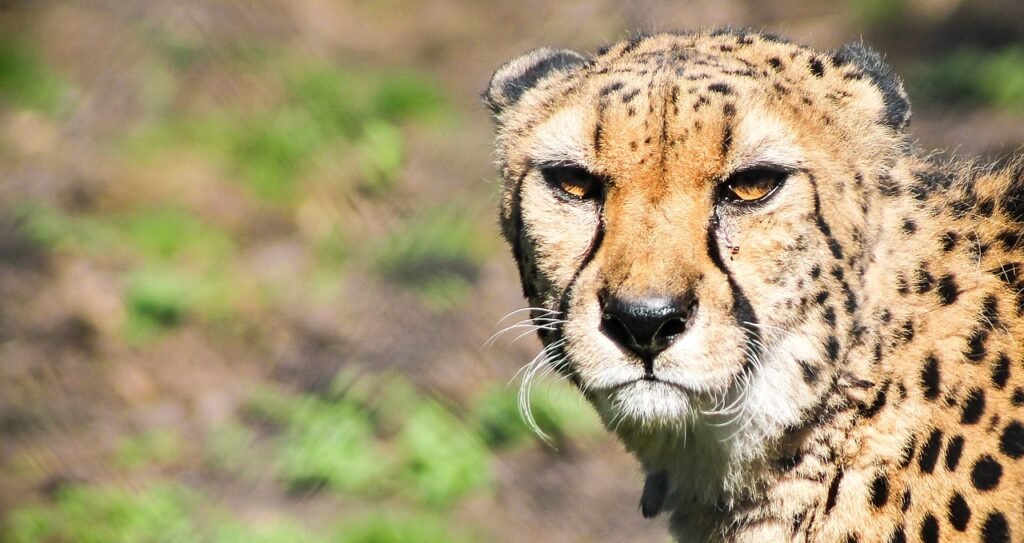
When your cat shreds your favorite couch, they’re not being vindictive about that diet food you switched to. Scratching serves multiple important purposes beyond just keeping their claws sharp and healthy. Cats have scent glands in their paw pads that release pheromones when they scratch, essentially leaving their calling card on various surfaces. This territorial marking helps cats feel secure in their environment and communicate with other cats about who lives where. The stretching motion involved in scratching also helps cats maintain flexibility in their shoulders, spine, and legs. Think of it as their version of yoga, except it destroys your furniture instead of improving your inner peace.
Following You to the Bathroom Is Pack Behavior

Your cat’s insistence on supervising your bathroom activities isn’t just curiosity about human plumbing. This behavior stems from pack mentality where cats want to stay close to their family members, especially when they’re in vulnerable positions. In your cat’s mind, you’re defenseless while using the bathroom, so they’re standing guard to protect you from potential threats. Some cats also see the bathroom as a special bonding space since it’s usually quiet and private, making it perfect for quality time together. The enclosed space and your undivided attention make it an ideal setting for cats who crave connection with their humans. Your feline bodyguard is just making sure you’re safe while you’re… indisposed.
Staring at Nothing Activates Super Senses
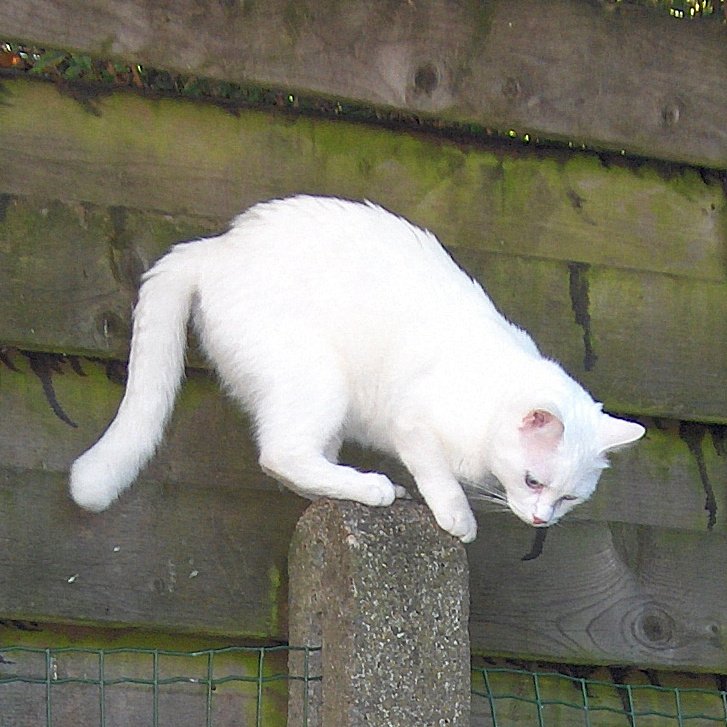
When your cat stares intensely at what appears to be empty space, they’re not seeing ghosts or having an existential crisis. Cats have incredibly acute senses that can detect things humans completely miss, like ultrasonic sounds from rodents in the walls or tiny insects moving around. Their hearing range extends far beyond human capabilities, allowing them to pick up sounds up to 64,000 Hz compared to our measly 20,000 Hz. They can also see ultraviolet light and detect the slightest movements that would be invisible to us. What looks like your cat zoning out is actually them processing a wealth of sensory information that creates a much richer picture of their environment than we could ever imagine.
Which of these quirky behaviors does your cat do most often?
Hi, I’m Bola, a passionate writer and creative strategist with a knack for crafting compelling content that educates, inspires, and connects. Over the years, I’ve honed my skills across various writing fields, including content creation, copywriting, online course development, and video scriptwriting.
When I’m not at my desk, you’ll find me exploring new ideas, reading books, or brainstorming creative ways to solve challenges. I believe that words have the power to transform, and I’m here to help you leverage that power for success.
Thanks for stopping by, Keep coming to this website to checkout new articles form me. You’d always love it!






